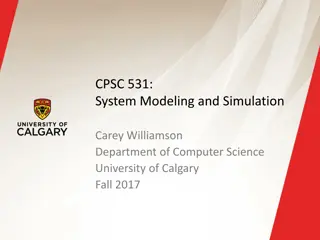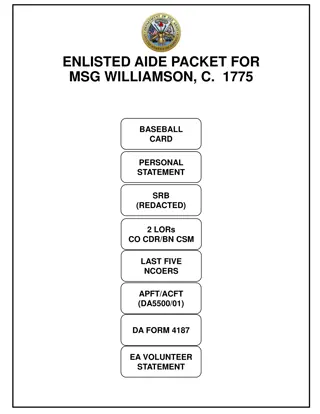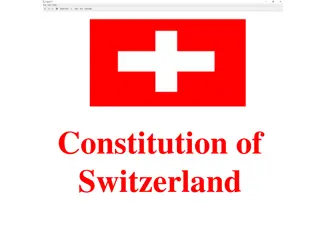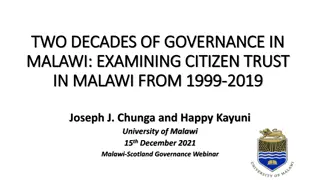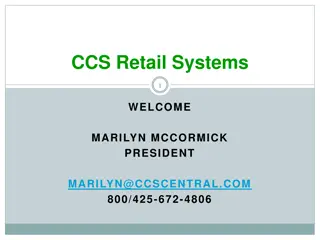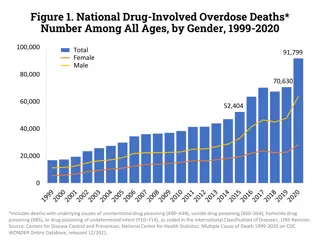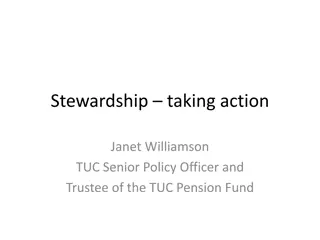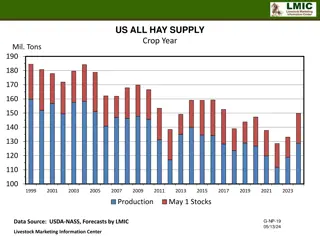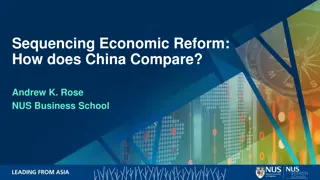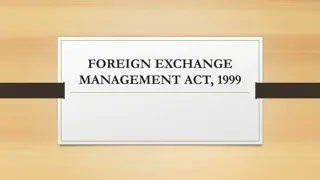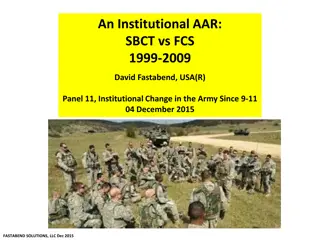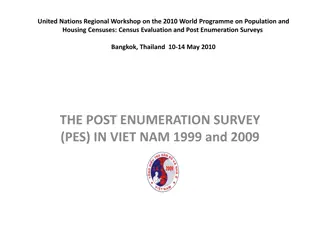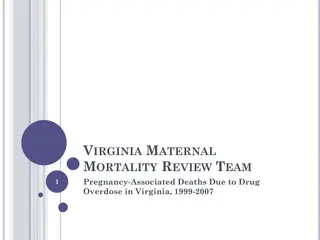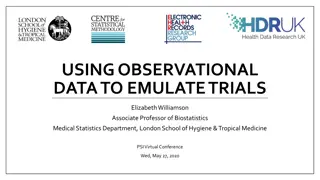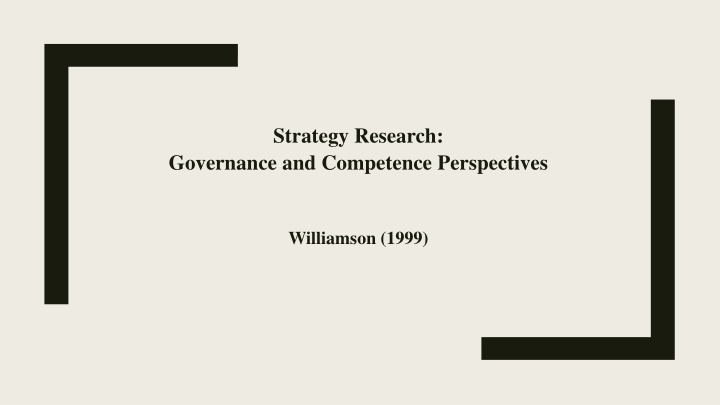
Perspectives on Business Strategy: Governance vs. Competence
Explore the comparison between governance and competence perspectives in business strategy, analyzing key moves, theoretical antecedents, human actors, unit of analysis, and purposes served. Discover how these perspectives address challenges and create avenues for future research directions.
Download Presentation

Please find below an Image/Link to download the presentation.
The content on the website is provided AS IS for your information and personal use only. It may not be sold, licensed, or shared on other websites without obtaining consent from the author. If you encounter any issues during the download, it is possible that the publisher has removed the file from their server.
You are allowed to download the files provided on this website for personal or commercial use, subject to the condition that they are used lawfully. All files are the property of their respective owners.
The content on the website is provided AS IS for your information and personal use only. It may not be sold, licensed, or shared on other websites without obtaining consent from the author.
E N D
Presentation Transcript
Strategy Research: Governance and Competence Perspectives Williamson (1999)
The objectives of this article Compares two theoretical perspectives in business strategy, i.e., governance and competence. Answers some main challenges that the competence perspective brings to the governance perspective. - Rebut some mistaken challenges -Analyzes the six main moves of the governance perspective and then applies them to the competence perspective. - Addressing these dual perspectives enables some avenues to be identified for future TCE research directions.
Comparison between governance and competence perspectives The theoretical antecedents of the two perspectives: Governance perspective: It is more grounded in economics (TCE theory and Coase s work) and thus more connected to the interdisciplinary strategy field. Competence perspective: more rooted in the organizational theory (e.g., behavioral theory of the firm, and evolutionary economics ) where the process is mainly focused. Precise Comparison: six key moves (1) human actors, (2) unit of analysis, (3) describing the firm, (4) purpose served, (5) empirical progress, and (6) efficiency criterion)
Comparison between governance and competence perspectives Governance Perspective Competence Perspective Common ground: bounded rationality incomplete contracting Capacity to foresight: use ex-ante governance design to avoid ex-post hazards Myopic: local search, learn from trial- and-error, and adapt through crises Human actor Opportunism: adverse selection, moral hazard, hold-up problems (why contract is not self-enforcing) Absence of opportunism: although subgoals of individuals are mentioned, opportunism is eschewed. Transaction (the three attributes of the transaction: frequency, uncertainty and asset specificity) Blurred unit of analysis; routine as a promising candidate and akin to governance form Unit of analysis
Comparison between governance and competence perspectives Governance Perspective Competence Perspective Compares alternative modes of governance: firm vs market Contract law, incentive intensity, and administrative control adaptive capacity (Williamson, 1991) The limitation of the firm bureaucratic costs Describing the Firm A bundle of resources/routines, which consists of firm s capability Differential learning within and between firms firms exist because they can more efficiently coordinate collective learning processes than can market organization (Foss, 1996c: 18). Economize on bounded rationality and opportunism min. transaction costs The discriminating alignment hypothesis: the match between the characteristics of transactions and the governance structures, leading to an economizing result (p. 1091) Purposes served
Comparison between governance and competence perspectives Governance Perspective Competence Perspective The definition of core competence: ex-post rationalization to tell a success story; How to operationalize core competence? In progress (survey data) but corroborated numerous times. Empirical No hypothetical ideal form of organization Conceptual move with operational significance: TCE is presumed to be efficient due to the remediableness criterion. Dynamic efficiency and somewhat inefficient Efficiency criterion Learning and innovation Path dependent
Comparison between governance and competence perspectives Using competence perspective to explain the existence, structure, and boundaries of the firm: The principal factor is the capacity of such an organization to protect and develop the competencies of the groups and individuals within it in a changing environment (Hodgson, 1998: 189). The remaining question is why a unified firm (AB) is better or worse than two autonomous firms (A and B)? Potential answer from Liebeskind (1996): when property rights for knowledge are weak, a unified firm can mitigate knowledge leakage. The comparative institutional action resides in interfirm and intrafirm differences in the governance mechanisms (transaction cost reasoning). Related question: the boundaries of the firm Suggests a complementary relationship between governance and competence perspectives
Answers to mistaken critiques/challenges of TCE (1)Opportunism does not have the organizational consequences ascribed to it. If opportunism is zeroed out, the differences among alternative governance forms (incentive, control, and contract law) will vanish. (2) Transaction cost is a static (equilibrium) concept and needs to be made dynamic. - Governance structures are predominant instruments for adaptation. - TCE engages many intertemporalissues: timely adaptations and timely convergent expectations, and the fundamental transformation (i.e., competitive large numbers bidding at the outset, may be transformed into a small numbers supply relations when the transactions in question are supported by non-trivial investments in durable, non-redeployable assets) (3) Governance does not engage the issues of management. - Significant provision for management The firm is described as having a syndrome of managerial attributes (e.g., fiat and informal organization)that supports added compliance and cooperation within firms compared to markets. There are also differential bureaucratic costs and different dispute-settling mechanisms. - Implication: Include more cognitive specialization.
Constructive critiques and research opportunities Beyond Piecemeal Incorporate technological nonseparabilities. The interdependencies (interaction effects) of different transactions. The firm in its entirety is different from and larger than the sum of parts. Beyond generic governance: strategy Transaction cost economics informs the generic decision to make-or-buy while competence brings in particulars. Introduce firm heterogeneity and industry structure (core competence, market niches, and rivalry). Learning under a comparative institutional perspective Learning through experience: between foresight and myopic tendencies (ignore the long run, ignore the larger picture, and overlook failures). Learntocontract learning influences the intertemporal governance choice calculus.

